Steemit Learning Challenge-S22W4: Physical Therapy Intervention: Rotator Cuff Tendonitis
Hello dear friends I hope you are great I am good, today I am here to take part in new challenge
Steemit Learning Challenge-S22W4: Physical Therapy Intervention: Rotator Cuff Tendonitis.
Rotator cuff tendonitis or, bursitis or biceps tendinitis is condition cahrartized by pain, swelling or inflammation in the tendon of rotator cuff and it's the group of muscles and tendons which are surrounding in the joints of the bursa.
Now what is bursa is soft sack which having little amount of fluid which cushions the joints. The rotator cuff has significant importance while stability and also facilitation the movement.
The Supraspinatus, infraspinatus, teres minor, subscapularis muscles are mostly involved in cuff tendonitis.
What are causes of Rotator Cuff Tendonitis?
The excessive use of tendons in lifting throwing and performing overhead activities perhaps it become the major cause of repetitive strain in the tendons and cause the inflammation and irritation.
The correct posture is very important if we are keeping our posture in hunching position it resultantly produced strain or pressure over cuff muscles and tendons.
The injuries are also become the cause of cuff tendonitis as the sudden jerk or fallen is involved in cuff tendonitis.
Aging is also a factor as we got old the tendon become weak and inflammation and pain is there passively.
The Symptoms of Rotator Cuff Tendonitis
The first symptom id pain or there is burning sensation around the arm and also in side of body.
The weakness is second symptoms as the patient felt difficulty in rotation, movement and lifting in the shoulder.
The sounds can be observed which is snapped while movement of shoulder.
The stages are as follows.
Stage 1: it's called mild stage followed by pain and swelling. Passively stiffness is noticeable in arm or shoulder. And it's common to reduce the mobility of the shoulder.
Stage 2: it is moderate stage in this case the degeneration of the tendon id observed due to weakening of the tendons. It is further involved in pain swelling and lowering the mobility of the shoulder.
Stage 3: it's the severe stage and called tears in the tendon. It's associated with chronic pain and also weakness Moreover muscle death is also started in the arm and shoulder.
Stage 4: it's the ending stage called advanced Tendon Tears. In this case tendons are torn out and muscles death is also there. Severe reduce in mobility of shoulder and arm.
How to Diagnosis of Rotator Cuff Tendonitis
In the first method of a diagnosis of the rotator cuff tendonitis is the physical examination in the doctor check the shoulder strength, mobility and tenderness of the shoulder.
It can be checked by imaging test such as ultrasounds MRI scan and x-ray etc.
Few special physiotherapy Tests are used for diagnosis which are as follows.
- Jobe's Test
- Hawkins-Kennedy
- Neer's test
- Empty can test
- Resisted external rotation test
- Yergason Test
Hawkins-Kennedy test: it's useful to check subacromial impingement. Physiotherapist stabilize the shoulder, perform internal rotation and 90 degree flexion at shoulder and then apply pressure on shoulder.
Neer's test: the subacromial impingement can be evaluated by this test. In this test patient perform 180 degree shoulder flexion as in rotator cuff tendonitis it's difficult for patient to complete the range.
Empty can test: it's quite useful for evaluation of supraspinatus tendon pathology. In this test patient position, elbow extended, shoulder flexed & abducted, mid pronation of forearm thumb pointed downward.
Resisted external rotation test: it's beneficial in assessing infraspinatus tendon pathology.
Yergason Test it's used to check the biceps the tear and tendon pathology.
The exercises I have performed.
Walk slide
Cross body shoulder stretch
Shoulder Isometric Exercises
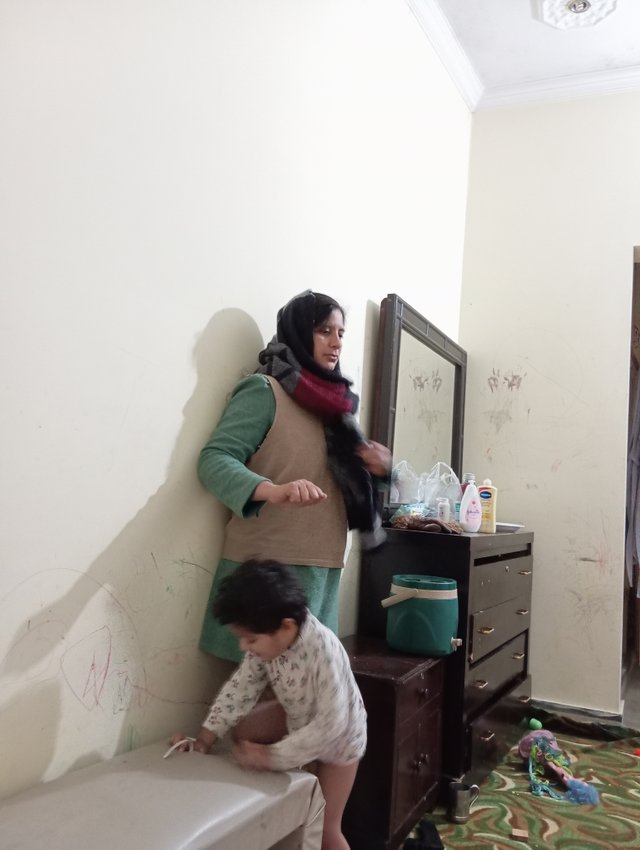 | 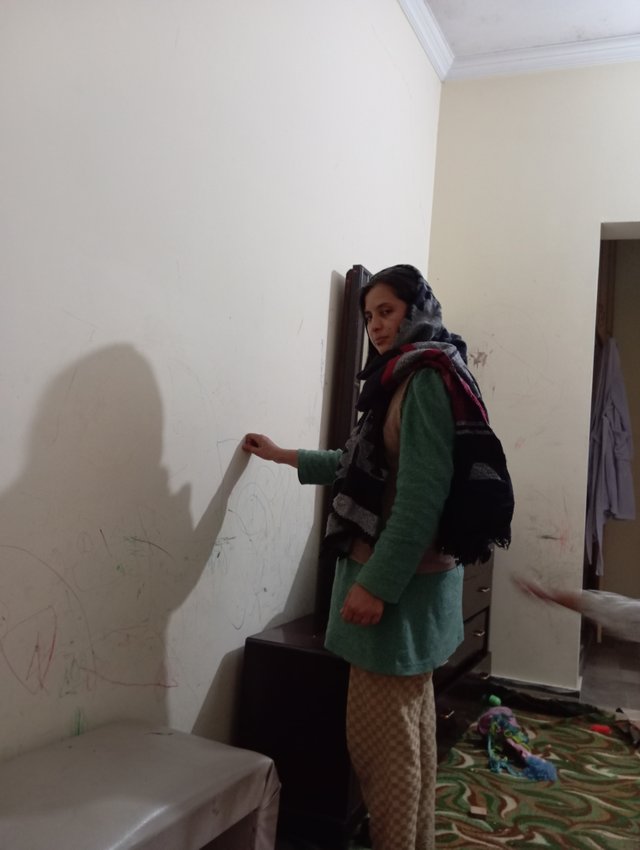 |
|---|
It's all about my today's post.
I would love to invite my friends @m-fdo, @jannat12 and @mdkamran99 to take part in the challenge.
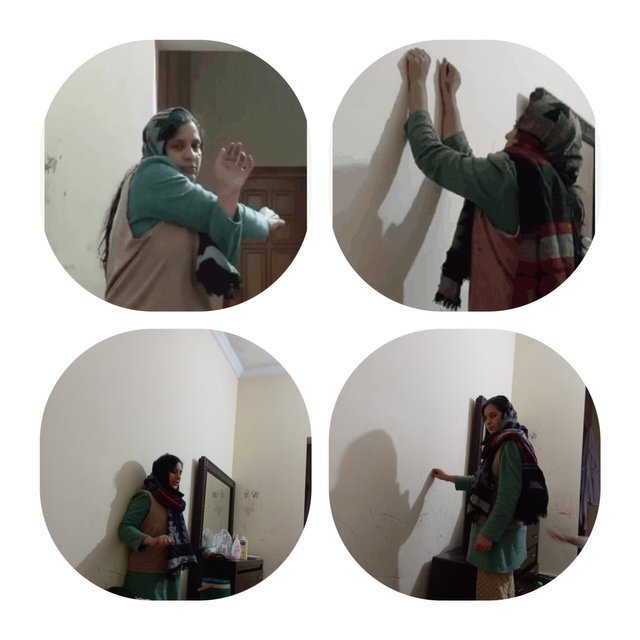
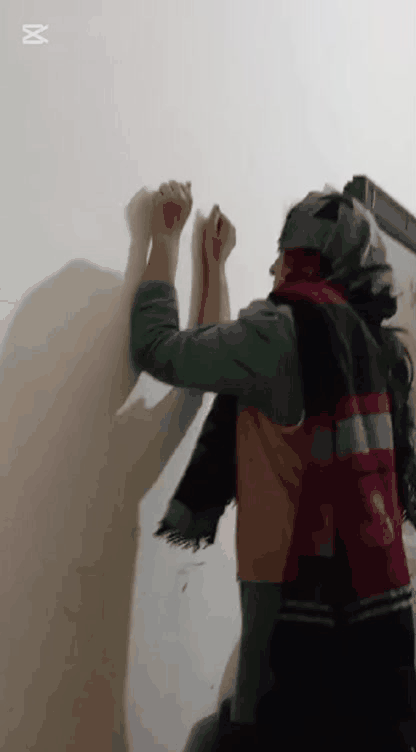
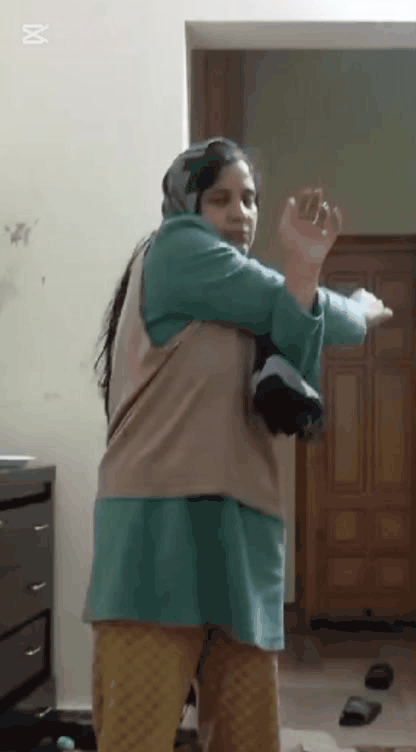
Thank you for understanding the lesson and sharing your assignment; I hope that you will enjoy this week's lesson and try to implement it in your life if you see any such case.
Observations
Task 1 (3/3)
You have shared a great knowledge about rotator cuff tendonitis, its symptoms, causes and it's stages. I appreciate your effort.
Task 2 (3/3)
In the second question, you tell us about how you have to assess a patient by doing physical examination, history taking, and investigations. That's good you add special tests and also explanation of both special tests and investigations. Excellent.
Task 3 (3.9/4)
You try the cross body shoulder stretch, shoulder isometric and walk slides. You did the cross body shoulder stretch, shoulder isometric and wall slides correctly. But in wall slides try to keep your elbow in contact with wall. Always remember to apply heat pack in chronic condition and ice pack in acute condition before performing exercises to relax the muscles and reduce stiffness. I appreciate your efforts.
Overall you made a great attempt to answer all the questions. I appreciate your efforts. But next time try to avoid the above written suggestions. Keep learning and try to implement your knowledge to the people suffering from rotator cuff tendonitis or any type of shoulder issue. Thank you.
Thank you so much for reviewing my post and valuable feedback.
Saludos amiga,
Nos compartes un post, donde hizo toda su asignación, donde incluyes evidencia de la realización de los ejercicios indicados para mejorar la Tendinitis del Manguito Rotador,
Donde se observa a tu fiel compañero tu pequeño hijo atento s tus actividades,
Gracias por compartir,
que te encuentres muy bien,
Lindo dia!!!